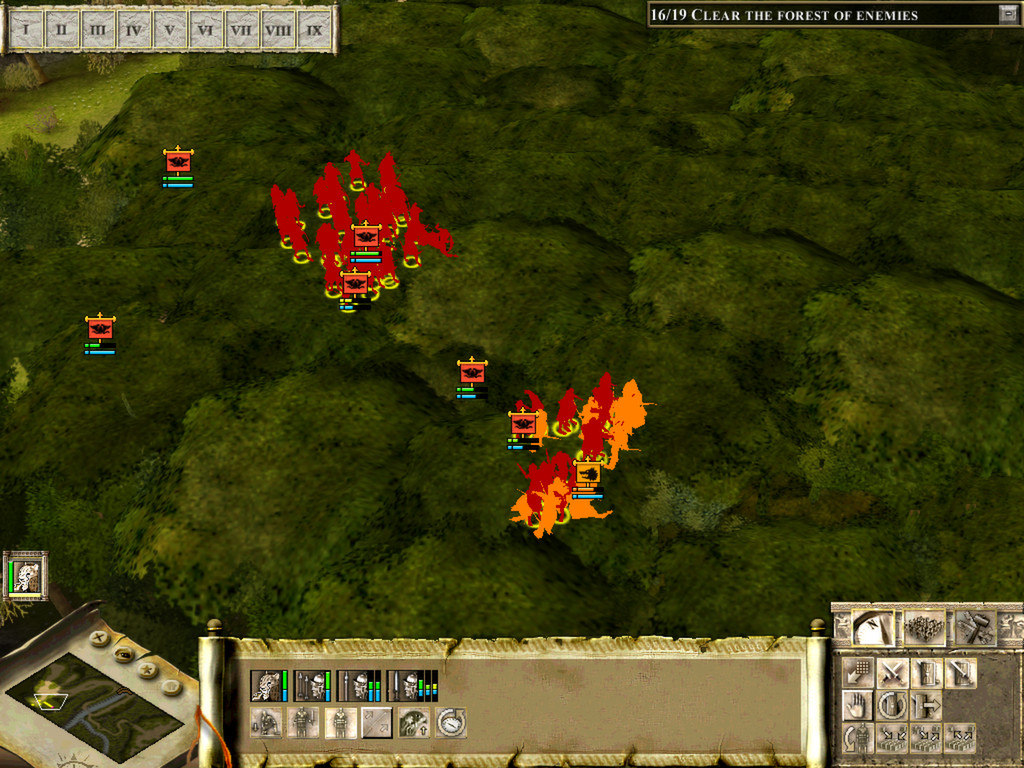

The Praetorians Relief with an aquila grasping a thunderbolt through its claws, in reference, to the Roman interpretatio graeca form of Jupiter. At camp, the cohors praetoria, a cohort of praetorians guarding the commander, was posted near the praetorium, the tent of the commander. Later, in the longer campaigns of the Roman army of the late Republic, the personal bodyguard-unit was the norm for a commander in the field. Later, as Augustus, the first Roman emperor (27 BC–AD 14), Octavian retained the Praetorians as his imperial bodyguard. According to the historian Orosius, Octavian commanded five cohorts at the Battle of Actium in 31 BC and, in the aftermath of Roman civil war, the victorious Octavian then merged his forces with the forces of Mark Antony, as symbolic of their political reunification. In the Orient, Mark Antony commanded three cohorts in 32 BC, general Mark Antony issued coins in honouring his Praetorian Guard.

Octavian installed his Praetorians within the pomerium, the religious and legal boundary of Rome the first occasion when troops were permanently garrisoned in Rome proper. In Hispania Citerior, during the Siege of Numantia (134–133 BC), general Scipio Aemilianus safeguarded himself with a troop of 500 soldiers against the sorties of siege warfare aimed at killing Roman field commanders.Īt the end of the year 40 BC, two of the three co-rulers who were the Second Triumvirate, Octavian and Mark Antony, had praetorian guards. In absence of an assigned, permanent personal bodyguard, senior field officers safeguarded themselves with temporary bodyguard units of selected soldiers. In practice, the offices of Roman consul and of proconsul each had twelve lictors, whilst the offices of praetor and of propraetor each had six lictors.

Generals with imperium (command authority of an army) also held public office, either as a magistrate or as a promagistrate, each was provided with lictors to protect the person of the office-holder. The first historical record of the praetorians is as bodyguards for the Scipio family, ca.

In the period of the Roman Republic (509–27 BC) the Praetorian Guard originated as bodyguards for Roman generals.


 0 kommentar(er)
0 kommentar(er)
